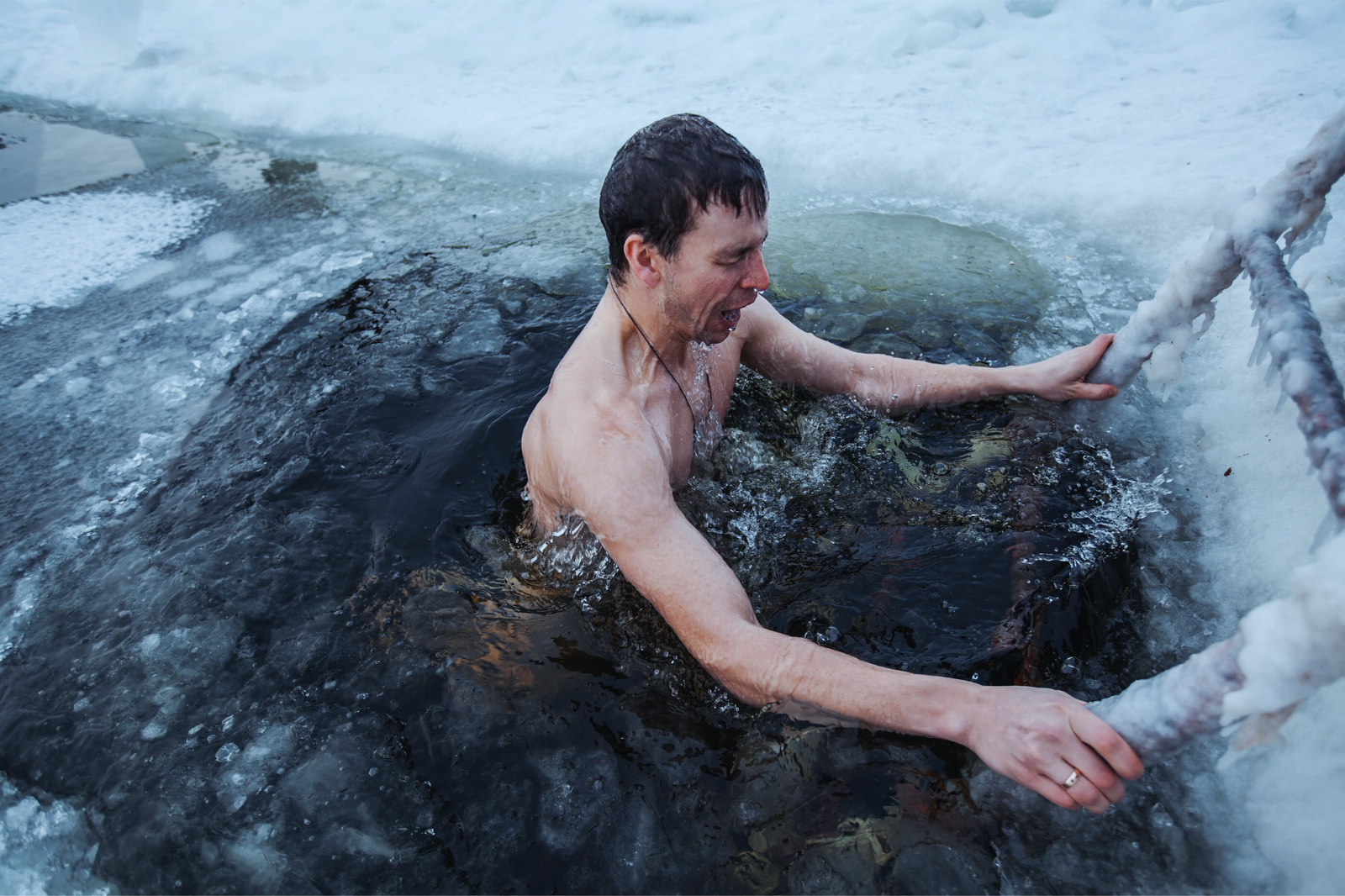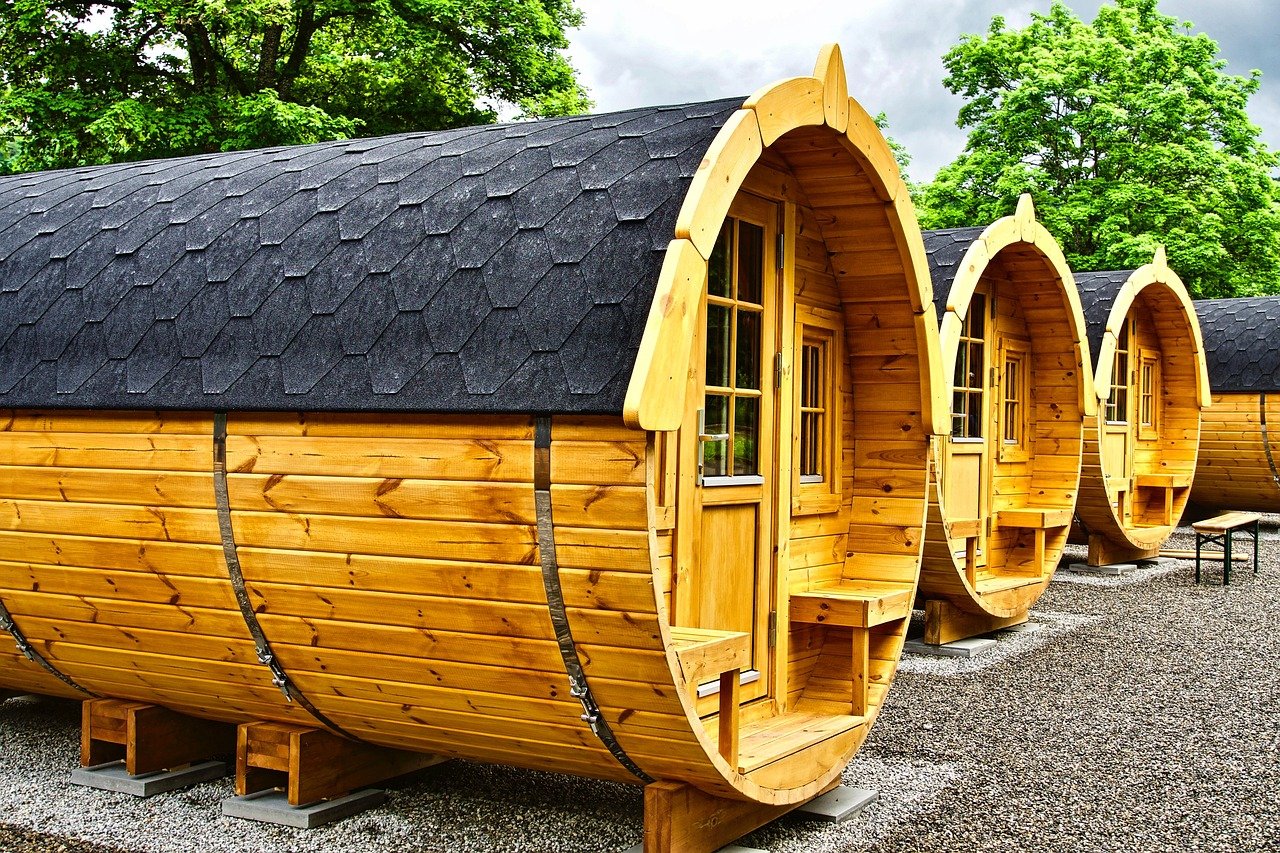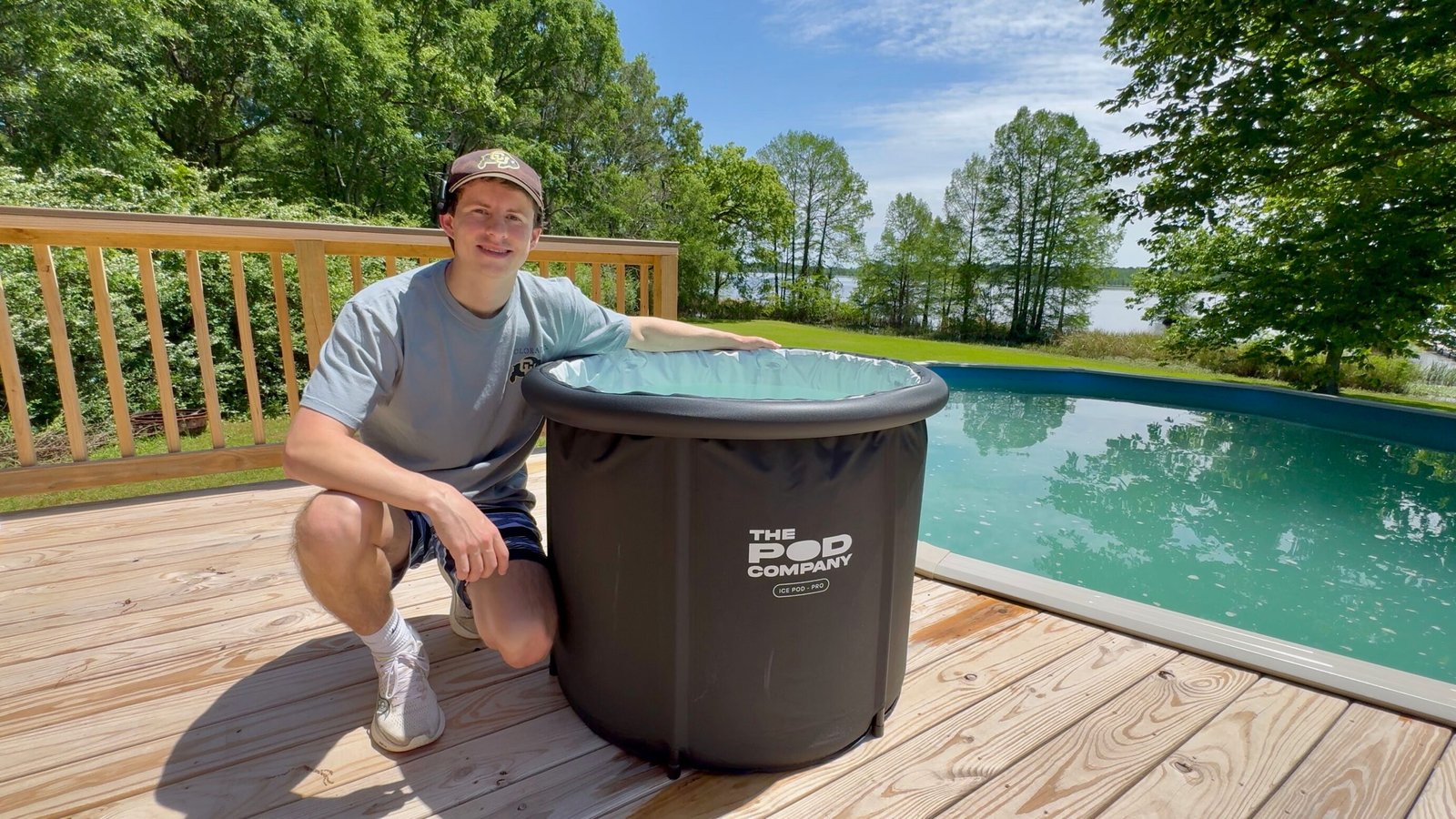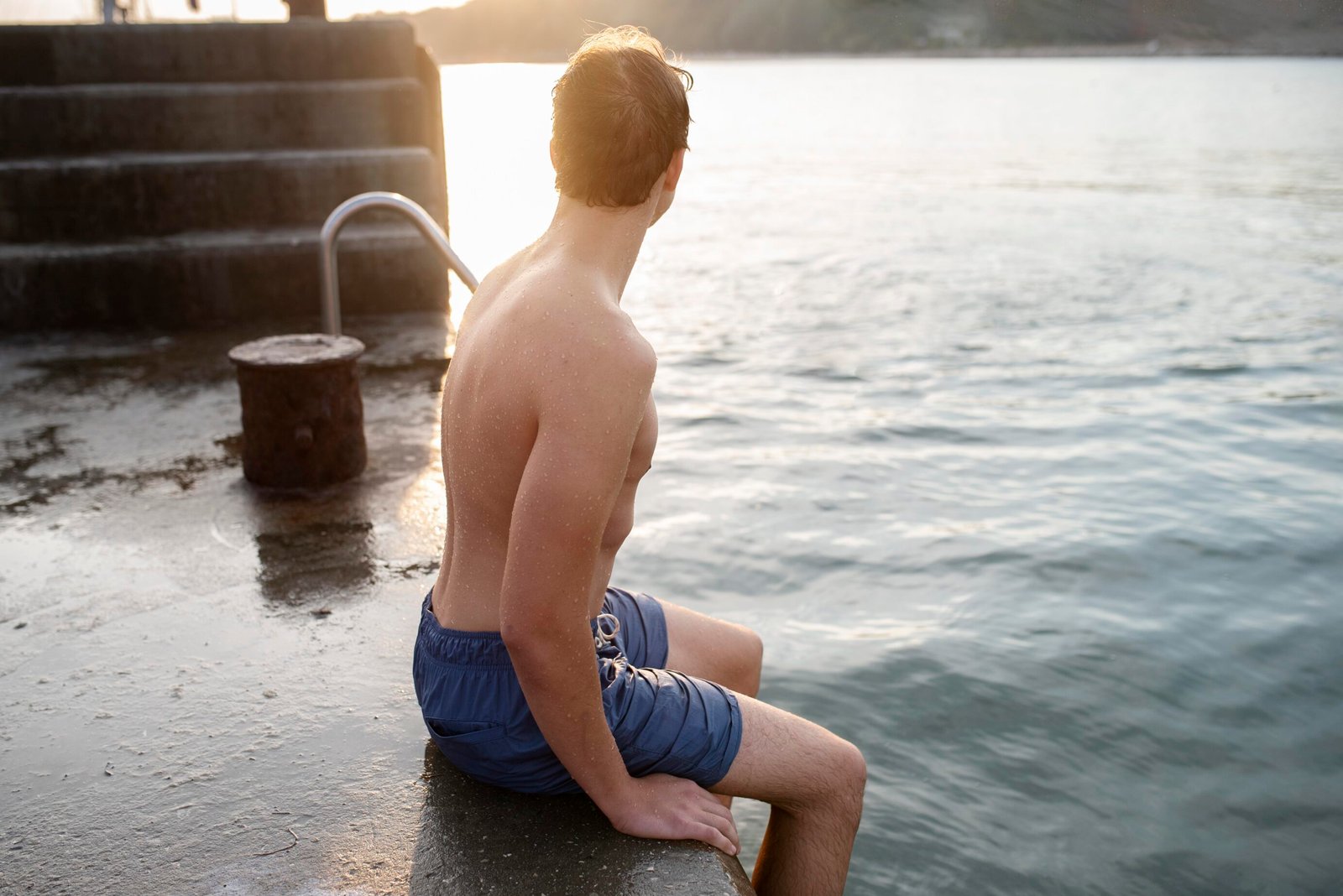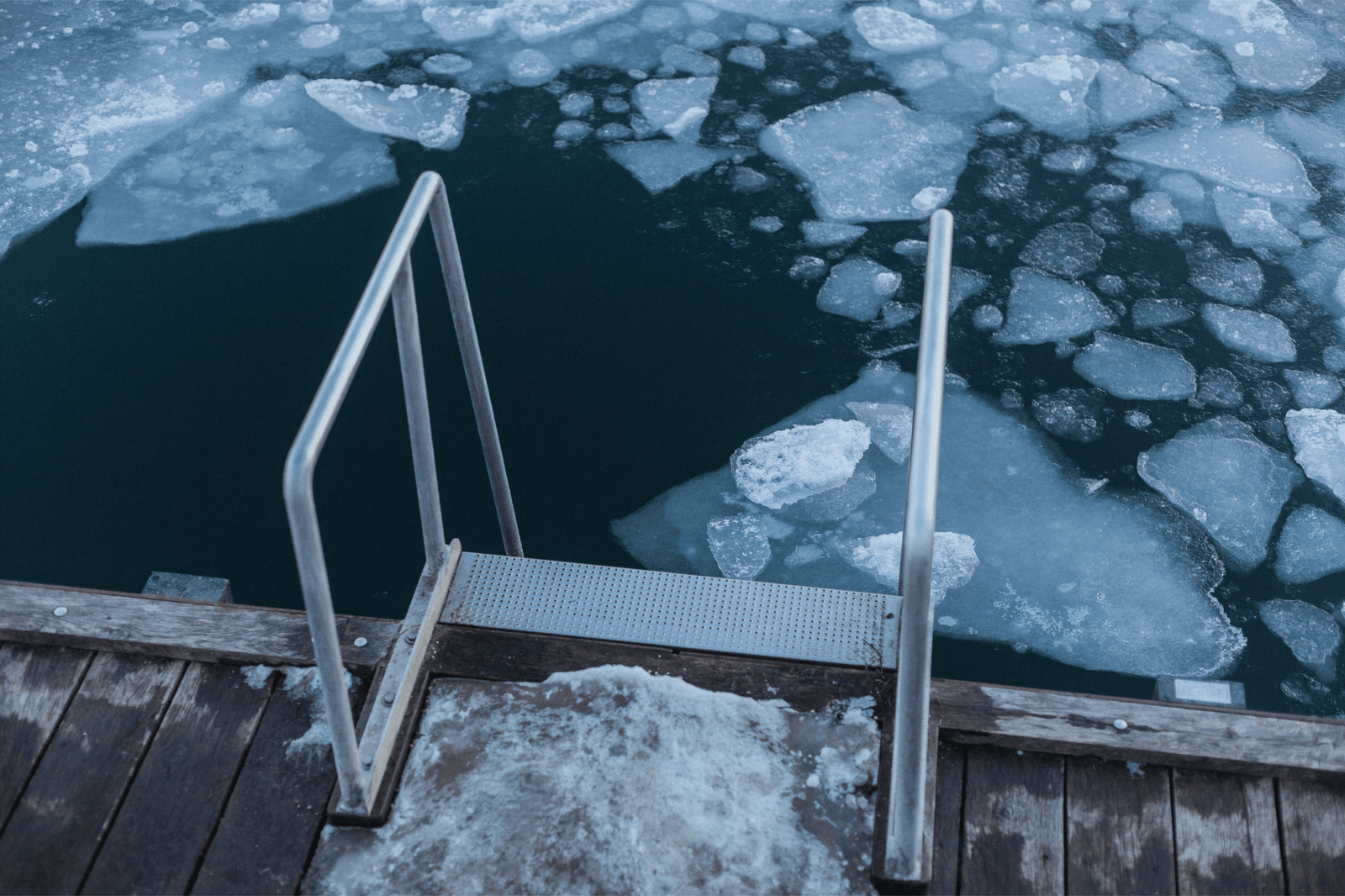The Truth About Inflatable Cold Plunges: Are They Any Good?

Inflatable cold plunges are popping up everywhere. They seem like a simple, low-cost way to try cold therapy at home—but are they actually worth it?
I tested three cheap (less than $200) inflatable’s: the Ice Pod Pro from the Pod Company, the Polar Recovery Tub, and a cheap Amazon knockoff. Here’s what I found.
The Price Advantage
The biggest benefit of inflatable cold plunges is their price. The most expensive model I tried cost only $150. Compare that to solid cold plunge tubs, which start around $1,000.
The lower price does come with some trade-offs, though. Inflatable tubs are made mostly of nylon, which isn’t as strong as the materials used in solid tubs. They can get punctures if you’re not careful.
Still, for people who want to try cold plunging without a big investment, inflatables make a lot of sense.
Setup and Portability
Setting up an inflatable cold plunge takes less than 5 minutes. Just inflate it, fill it with cold water, and you’re ready to go.
One of the best features is how portable these tubs are. You can put them almost anywhere—your backyard, balcony, or even bathroom. When you finish, simply drain the water, deflate the tub, and store it away. A deflated cold plunge can fit in your car’s back seat or a large backpack.
This makes inflatable cold plunges perfect for people who:
- New to cold plunging
- Have limited space and budget
- Plan on traveling with it
- Don’t want a permanent setup
How durable are they?
Inflatable cold plunges aren’t as tough as solid tubs, but they’re still quite durable. The nylon material is flexible but can tear.
In my testing of all three models, I haven’t experienced any leaks or tears. Most inflatable tubs come with repair kits just in case. The areas to watch are the seams and stitching, which can wear out over time.
While you do need to be more careful with inflatable tubs, they can handle regular use without problems. Just keep them away from sharp objects and rough surfaces.
Insulation
This is where inflatable cold plunges fall short of solid tubs. They don’t have as much insulation, so they don’t keep water cold as long.
The Ice Pod Pro and Polar Recovery Tub can hold about 40 pounds of ice for a couple of days. The cheaper Ganen model has very little insulation and needs fresh ice more often.
If you live somewhere extremely hot, 40 pounds of ice may only last one day. If you live in a cold climate or use a strong water chiller, these inflatable tubs can still work for you.
Comfort and Size
I’m 5’10” and was able to fully submerge in all three models I tested—the Ice Pod Pro, the Polar Recovery Tub, and the Ganen. Each one is roomy enough for most people to sit comfortably.
If you’re over 6’2″ or like to stretch out during your plunge, you might find them a bit snug. Solid tubs tend to be larger and offer more flexibility with positioning.
That said, for a quick and convenient cold plunge, the size of these inflatable tubs gets the job done.
While they don’t offer the same spacious feel as solid tubs, inflatables still provide a comfortable experience for most people.
Maintenance
Cleaning and storing inflatable cold plunges is simple. You don’t need any special tools or equipment. To clean it, just rinse the tub with some water and mild soap.
Storing it is easy too. Just drain it, dry it with a towel, and deflate it. Then, fold it up and store it in a closet, under your bed, or in a backpack.
How long will they last?
Inflatable cold plunges can last a few years if you take care of them properly. The Ice Pod Pro is the sturdiest of the three models and it comes with a warranty. Solid cold plunges usually last longer, but they cost a lot more.
With inflatable cold plunges, you need to be a bit more careful to avoid punctures and tears. They’re made mostly of nylon, which is durable but not as tough as the materials used in solid tubs.
Most inflatable cold plunges come with a repair kit for small punctures. Just patch it up, and you’re good to go.
Conclusion
Inflatable cold plunges offer an affordable way to try cold therapy at home. They’re easy to set up, portable, and simple to maintain. While they have some drawbacks in durability and insulation, their low price makes them worth considering, especially if you’re new to cold plunging or need something portable.
For $59 to $150, you can experience the benefits of cold plunging without the $1,000+ investment of a solid tub. Just be prepared to add ice more often and treat your tub with care.
What are your thoughts on inflatable cold plunges? Drop a comment below!
FAQs
Medical Disclaimer
The information contained in this post is for informational and educational purposes only. It is not intended to provide medical advice or to take the place of such advice or treatment from a personal physician. All readers/viewers of this content are advised to consult their doctors or qualified health professionals regarding specific health questions or before embarking on any new health or wellness routine, including saunas and cold plunging. Neither the author(s) nor the publisher of this content take responsibility for possible health consequences of any person or persons reading or following the information in this educational content. All viewers of this content, especially those taking prescription or over-the-counter medications, should consult their physicians before beginning any cold plunging routine or other health or wellness program.

